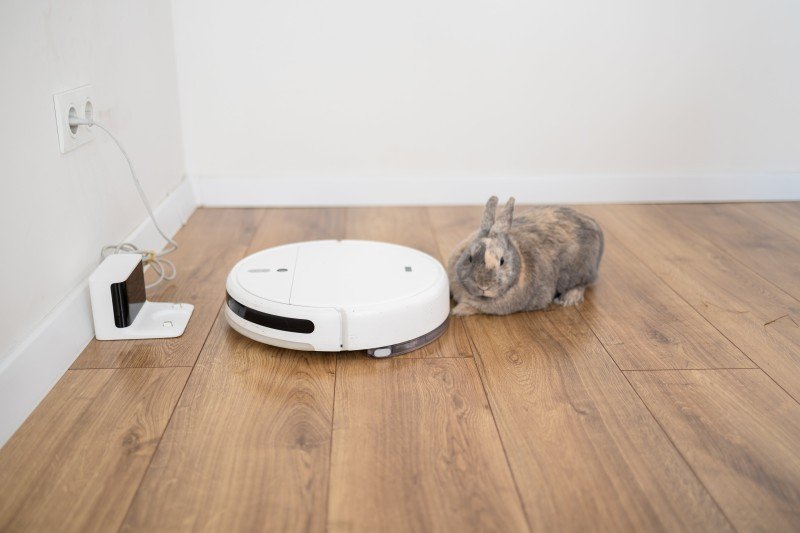Robotic Vacuum Cleaner Comparison: The Future of Home Cleaning
In recent years, robotic vacuum have actually changed the way we preserve tidiness in our homes. With improvements in technology and the incorporation of synthetic intelligence, these gadgets have actually developed from mere novelty products to necessary family devices. This short article supplies a thorough comparison of some of the leading robotic vacuum on the market, helping consumers make informed decisions when selecting a design that fits their needs.
Understanding Robotic Vacuum Cleaners
Robotic vacuum cleaners are self-governing devices designed to clean floors immediately. Equipped with sensors, they navigate around obstacles and adjust their cleaning paths for optimal efficiency. The key features that differentiate numerous designs consist of suction power, battery life, app connectivity, navigation technology, and price.
Key Features to Consider
When comparing robotic vacuum cleaners, prospective purchasers ought to take into account the following aspects:
- Suction Power: Measured in Pascals (Pa), suction power determines the effectiveness of getting dirt and particles.
- Battery Life: The length of time a vacuum can operate before requiring a recharge significantly impacts its cleaning performance.
- Navigation Technology: Models might use simple random navigation or innovative mapping innovations (like LIDAR) that allow them to produce a map of the home.
- Smart Features: Connectivity to mobile phone apps or smart home systems can enhance use and control.
- Filter Type: HEPA filters are advised for allergic reaction patients, as they trap irritants and improve air quality.
Comparison of Top Robotic Vacuum Cleaners
Below is a comparison table of a few of the best robotic vacuum cleaners available in 2023:
| Model | Suction Power (Pa) | Battery Life (minutes) | Navigation Technology | Smart Features | Price (GBP) |
|---|---|---|---|---|---|
| iRobot Roomba i7+ | 1700 | 75 | Smart mapping | App control, voice command | ₤ 949 |
| Roborock S7 | 2500 | 180 | LIDAR | App control, multi-floor | ₤ 649 |
| Neato D7 | 2000 | 120 | LIDAR | App control, zone cleaning | ₤ 599 |
| Ecovacs Deebot T10 | 3000 | 150 | Smart mapping | App control, space detection | ₤ 799 |
| Shark IQ Robot | 1200 | 90 | Random | App control, self-emptying | ₤ 399 |
Description of the Table
- iRobot Roomba i7+: Known for its robust cleaning capability, it features smart mapping innovation that permits it to designate specific locations for cleaning. Its self-emptying feature is a plus for benefit.
- Roborock S7: This design excels in suction power and battery life, making it ideal for larger homes. Vacuum Robot helps create an efficient cleaning course, and it can vacuum and mop all at once.
- Neato D7: The D-shape style enables better corner cleaning, and it features strong suction power. Its LIDAR navigation enables it to map out cleaning areas accurately.
- Ecovacs Deebot T10: Boasting the highest suction power and advanced navigation, this design can handle multiple floorings effectively. It's a flexible choice for homes with varying floor types.
- Shark IQ Robot: An economical alternative that still uses smart functions. Its self-emptying capability and app combination make it a practical option for those trying to find a strong cleaning buddy without breaking the bank.
Benefits of Robotic Vacuum Cleaners
Robotic vacuum offer numerous advantages that contribute to their increasing popularity amongst consumers:
- Time-Saving: Automated cleaning enables users to free up valuable time that can be spent on other activities.
- Convenience: Many models can be scheduled via apps to clean at specific times, minimizing manual effort.
- Ease of access: They can reach under furnishings and in tight spaces where traditional vacuums might struggle.
- Daily Maintenance: Regular usage of robotic vacuums can assist maintain a consistently clean environment, promoting much better general home health.
FAQs About Robotic Vacuum Cleaners
1. How often should I run my robotic vacuum?
It is suggested to run the robotic vacuum at least 2-3 times a week to keep cleanliness, though daily usage can be useful, particularly in homes with family pets or high foot traffic.
2. Do robotic vacuums work on carpets?
Yes, many robotic vacuums are designed to work on carpets, however efficiency may differ based upon the design's suction power and brush type. Search for models particularly discussed as reliable for carpets.
3. Can robotic vacuums clean family pet hair?
Many robotic vacuums can successfully select up pet hair, however those with strong suction and tangle-free brush styles are especially appropriate for this task.
4. How do I maintain my robotic vacuum?
Routine maintenance consists of cleaning the brushes and sensing units, emptying the dustbin, and periodically changing filters to guarantee optimal efficiency.
5. Are robotic vacuums worth the financial investment?
While they tend to be more costly than conventional vacuums, the benefit, efficiency, and time-saving aspects make them a deserving investment for lots of families.
The market for robotic vacuum continues to broaden as innovation evolves, offering customers a variety of options to match different cleaning needs and spending plans. By carefully considering features such as suction power, battery life, and smart capabilities, users can choose a model that lines up with their way of life. Whether for benefit, ease of use, or remarkable cleaning efficiency, robotic vacuums are certainly reshaping the future of home cleaning.

